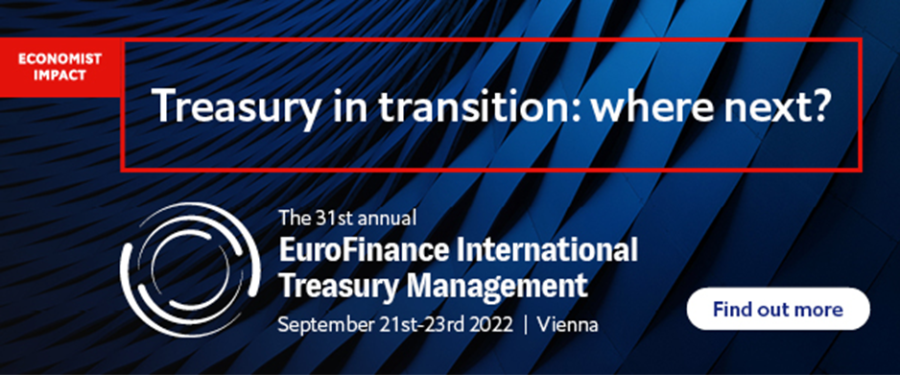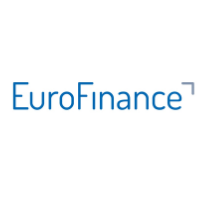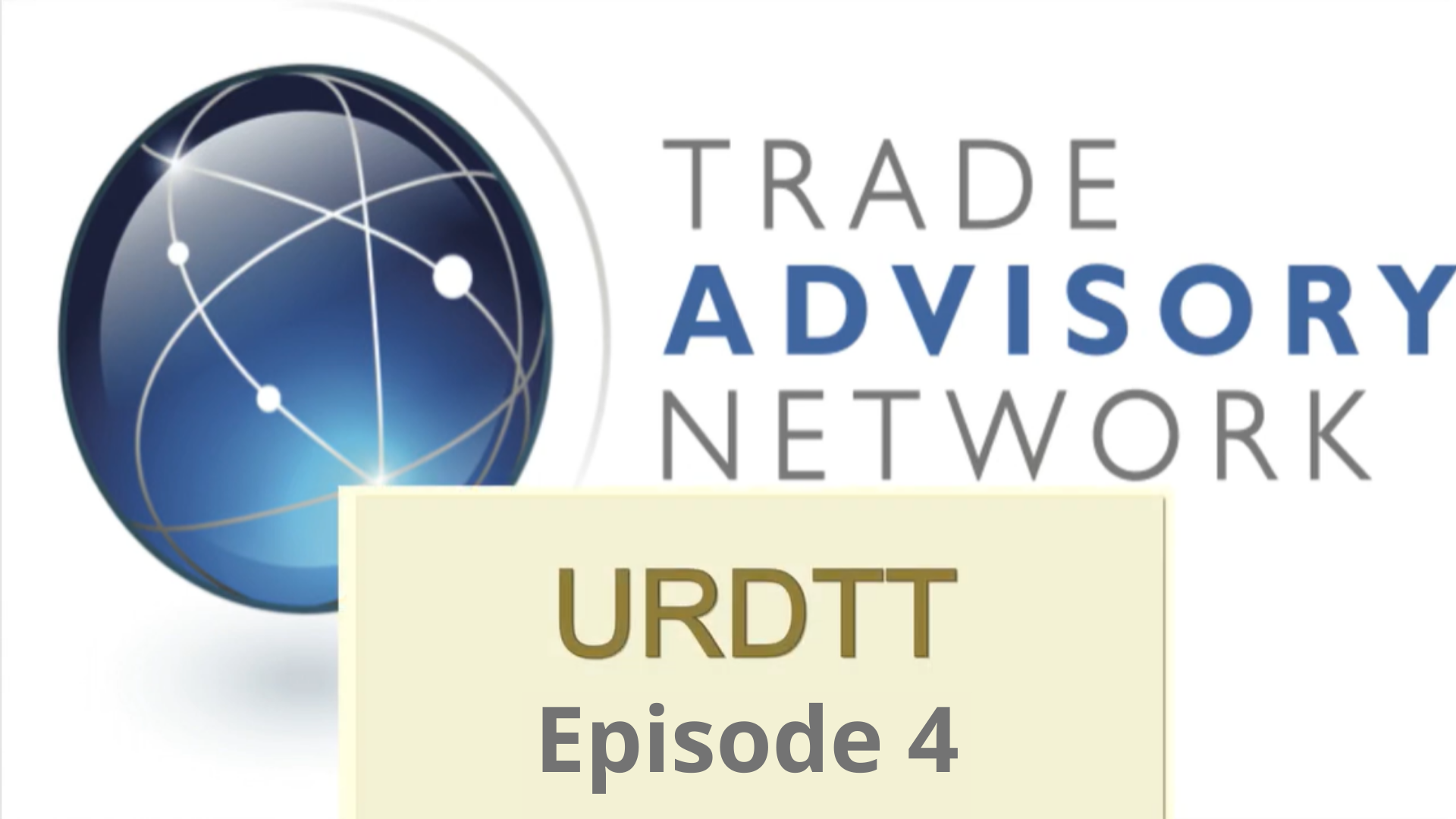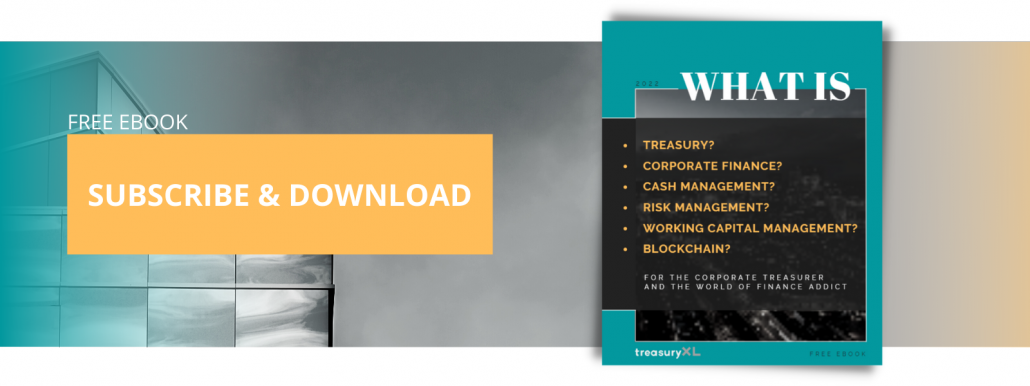21-06-2022 | treasuryXL | Kyriba | LinkedIn |
By Bob Stark, Global Head of Market Strategy
Source
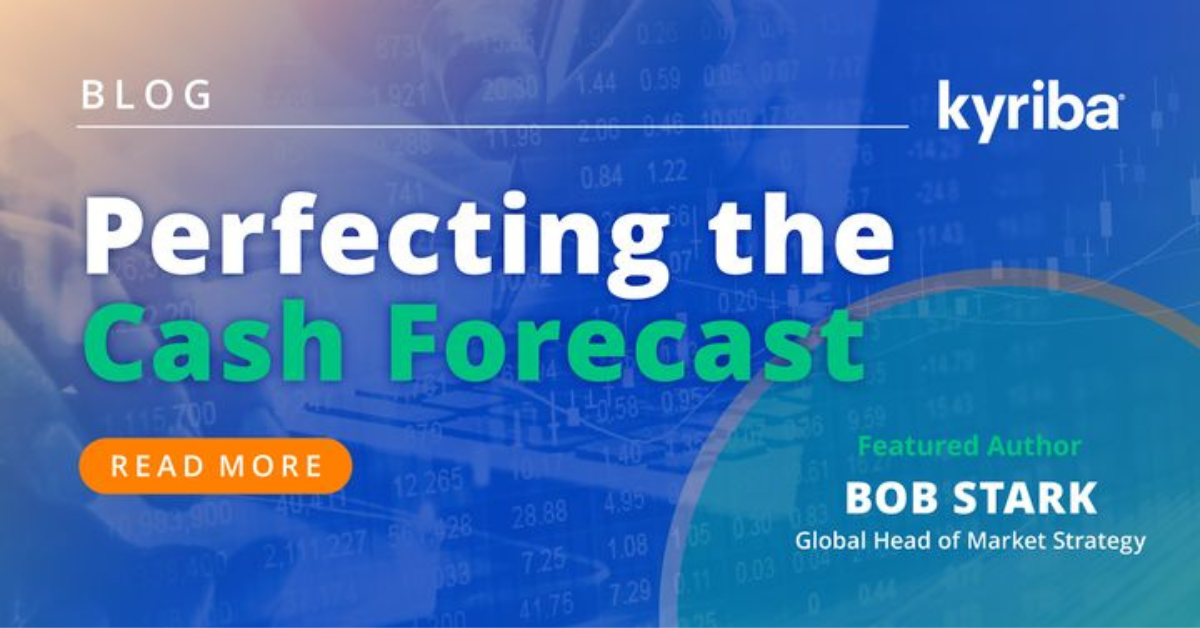
The number one treasury issue that causes CFOs the most potential concern is unreliable cash visibility and forecasts, according to a Nov. 2018 CFO Publishing survey, “3 Key Areas Where CFOs Say Treasurers Need to be More Strategic.”
Every organization talks about forecasting more effectively, but few allocate sufficient people, time, and technology to build an effective program. Understanding the importance of an accurate cash forecast that can be relied upon for key financial decisions is critical to making the right investments in forecasting. While there are many reasons to forecast, such as protecting against currency volatility, there are a few key areas that should be addressed to help CFOs and treasurers further make the connection between accurate cash forecasting and bottom-line financial performance.
So, what is cash forecasting? Cash forecasting, when performed accurately, enables greater certainty of projected cash balances. Longer term investing, reduced borrowing costs, more effective hedging programs and better mobility of global cash, cash positioning is concerned with today and often the next five business days. The purpose is to manage daily liquidity to ensure shortfalls are covered and surpluses are concentrated to earn some yield on excess cash.
Cash budgeting is performed by finance teams such as FP&A and is more focused beyond one year – although with increased emphasis on free cash flow guidance, the reconciliation of indirect budget-based forecasts with direct cash flow forecasts is increasingly managed quarterly.
Cash forecasting typically extends cash positioning with horizons anywhere from one week to one year. Forecasting leverages multiple data sources to increase confidence in the projected cash balances so that better cash decisions can be made. The value of forecasting is based upon the value of those better decisions.
So why forecast? Ineffective cash forecasting costs money and impacts shareholder value. A poorly executed program drives a number of negative consequences so it is critical to understand the link between effective cash forecasting and bottom line financial performance. Excuses such as “we’re cash rich” or “interest rates are too low” no longer satisfy investors who demand that cash be deployed or returned to them. Without adequate visibility of forecast cash and where cash needs to be deployed to meet growth targets, CEOs and CFOs risk looking foolish in front of shareholders and analysts.
The volatility in global currencies shows no signs of abating, meaning that the pressure on CFOs to maintain the value of foreign cash inflows and outflows persists. Companies can experience earnings per share losses from unexpected and unhedged currency impacts or have difficulty in maintaining (let alone increasing) return on cash in a post-Basel III environment.
Forecasting cash will allow segregation of operational and non-operational cash into time buckets as well as deliver the needed accuracy to allocate cash to longer duration investment strategies. This will help preserve previously realised investment returns or help to find an alternative for cash balances that are no longer wanted by your bank!
Certainty in projected cash balances drives the CFO’s ability to anticipate and prepare for corporate actions and strategic investments. For example, without confidence in cash forecasts, the CFO and treasurer are not relied upon to contribute to key M&A decisions such as providing guidance on the components of cash, debt and equity to calculate a total acquisition cost.
When cash is held globally, share buybacks or dividend hikes are a challenge. Often CFOs find it cheaper to borrow cash domestically than repatriate funds – yet this analysis requires certainty into projected cash balances. Confidence in the forecast is critical to optimize business value; CFOs need an effective cash forecast in order to make commitments on how to reinvest cash to meet organic growth targets. Lack of confidence will lead to unnecessary borrowing or equity financing.
Consolidation of data – Finding the right information and determining the most efficient (i.e. automated) way to integrate it into a consolidated forecast system is key.
While automation is important, data quality is also paramount to success. When building the forecast, each line item may be sourced in different ways. The source of the information will determine the best way to build the forecast for each line item. For example, many treasury teams prefer to import accounts payable data directly from the ERP while for receivables information they may wish to extrapolate historical data and model using a linear regression. For treasury teams to be effective, it is important that all methods be fully automated and secure so that initial setup, maintenance, and daily execution to build the forecast are easy and can be maintained by the user (and not require re-programming).
Collaboration – Making decisions on the best data to build the forecast also requires determining who to collaborate with to smoothly access that key information. In many cases, treasury does not have direct authority over the people that own systems and/or business responsibilities that offer that data Yet, treasury relies upon this outside information to build a comprehensive forecast, so good internal communication skills are critical to receiving quality information in a timely way. Accounts Payable, FP&A, IT, Regional Controllers all forecast projections for decentralized organizations. Many treasury teams plan, with their CFOs, a top-down collaboration model that builds effective cash forecasting into the team’s objectives and compensation. This draws attention to the forecasting objectives and motivates each team to fulfill their roles.
Measurement – The most important – and often overlooked – step is the measurement of forecast accuracy. Implementing a process to measure forecast accuracy at a detailed level to identify the source of variances is critical to improving quality and ultimately reducing forecast variances. Equally important is implementing a feedback loop – to systems and to people – that ensure that forecast data is improved based on variances that were identified. The feedback loop is especially important when non-treasury resources are contributing to the forecast to ensure that the right behaviors and cash forecast numbers are positively reinforced while opportunities for improvement are well communicated. This is especially effective when feedback is aligned to KPIs and quarterly objectives of those outside of the treasury team.
Key to success – A forecast variance analysis should be detailed with multiple ‘snapshots’ taken. If only a summary picture is reviewed (e.g. how effective was forecasting over a 3-month period) then a lot of the variability is hidden within that timeframe. Measuring daily, weekly, or bi-weekly will help uncover the ups and downs between forecast and actuals that might otherwise go unnoticed. Fortunately, the business intelligence features of a TMS such as Kyriba offers the data visualization and analytics required to offer this level of detail. Cash forecasting is especially important if you are “cash rich” with a high percentage of non-operational cash deposits. Multinationals with significant foreign revenues must forecast better, so they can hedge effectively and deliver cash predictability to their stakeholders. The key to forecasting is flexibility so that you have many options to model the different streams of forecast data. The accuracy of your data will determine if importing, regressing, extrapolating, or other methods of calculations are needed to build your forecast effectively.
Without measuring forecast accuracy, it is impossible to know if you are good at forecasting. Data visualization helps focus on important variances – whether by category, time bucket, or geography – and isolate what data needs to be improved for future forecasting. ROI of cash forecasting is very high.
In summary, the value of forecasting is driven by what your organization can do with additional cash. The value of cash can be measured by investing longer with higher returns on cash, repaying debt, earning yield from early supplier payments, or investing in new organizational projects. Perfecting the cash forecast means freeing up cash from working capital and directing towards these higher value uses.






